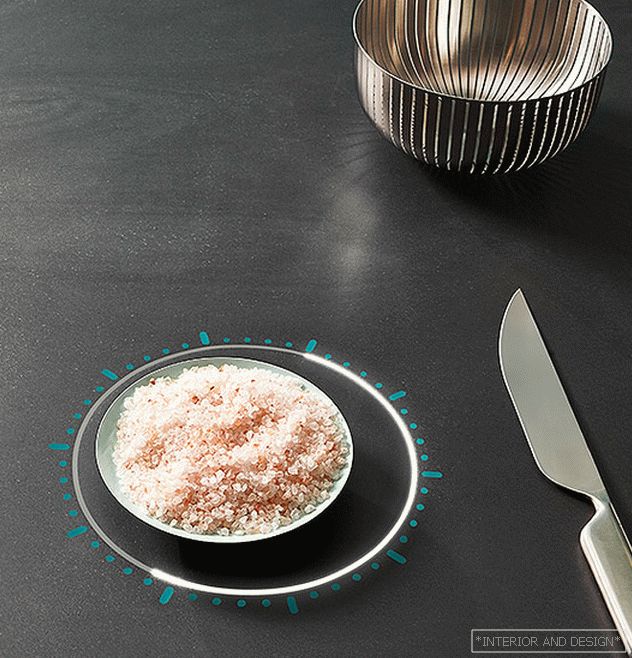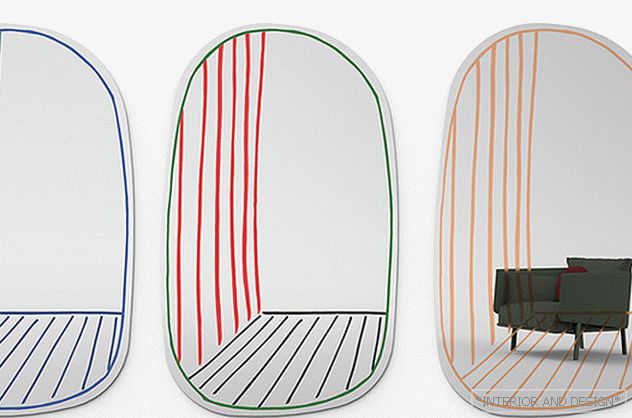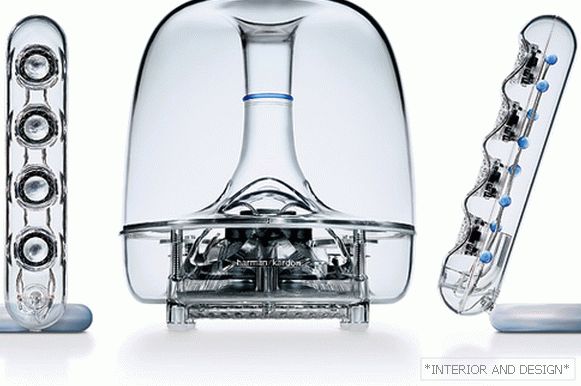Walnut furniture: history, decor, styles
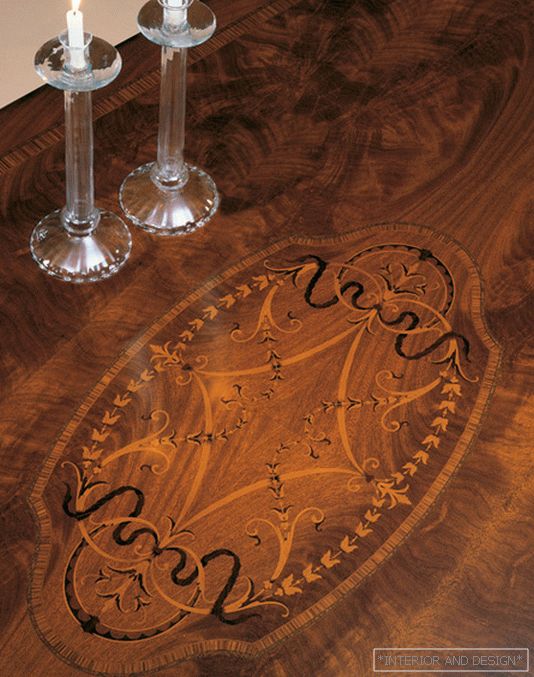
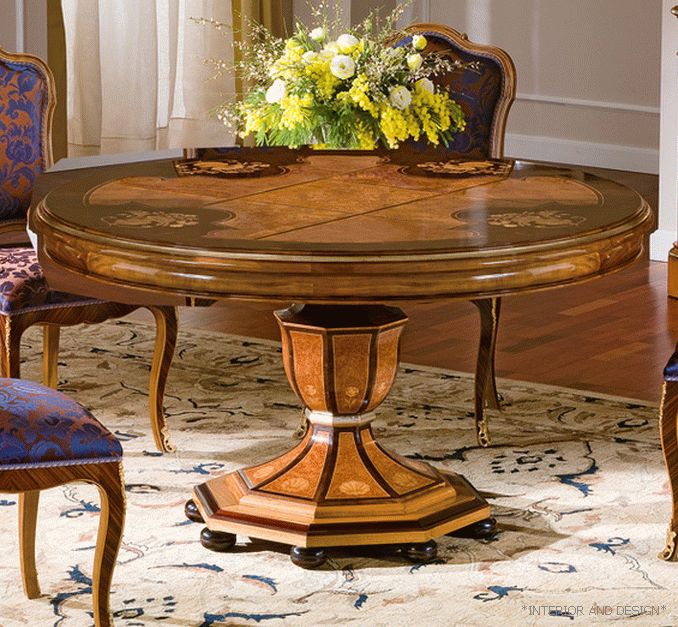
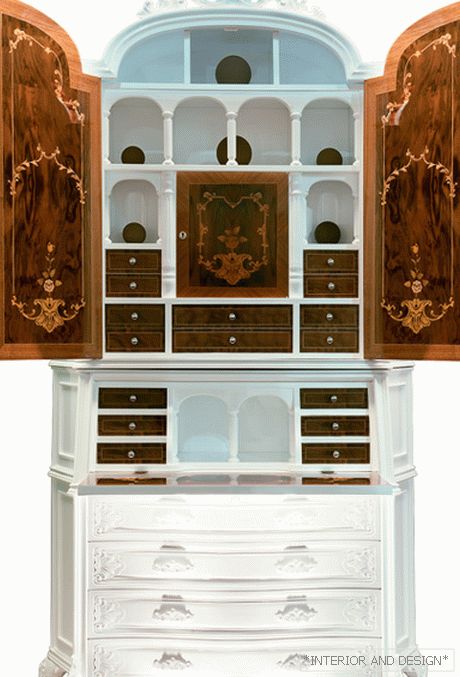
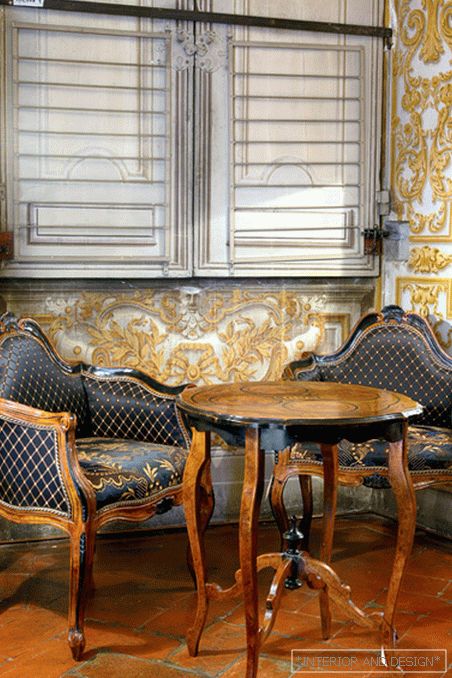
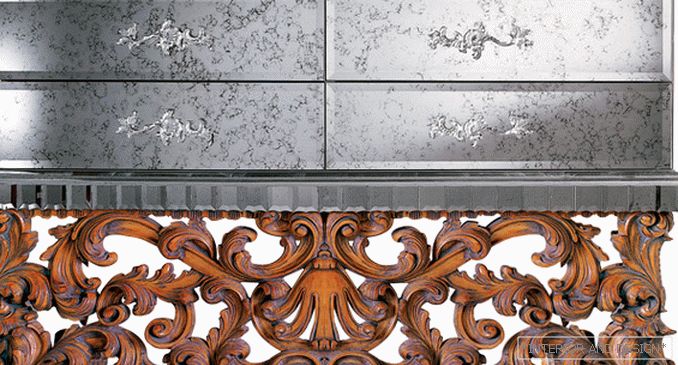

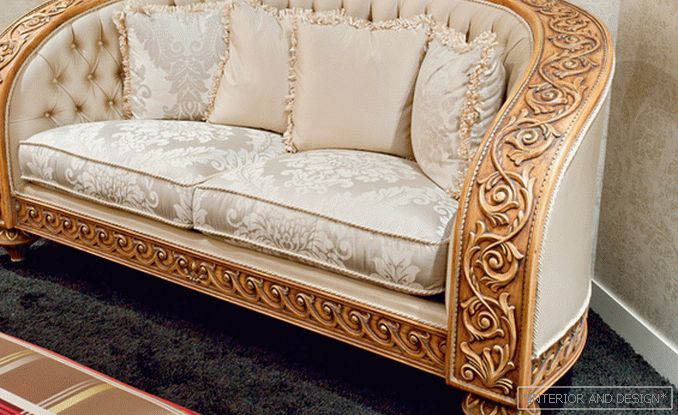
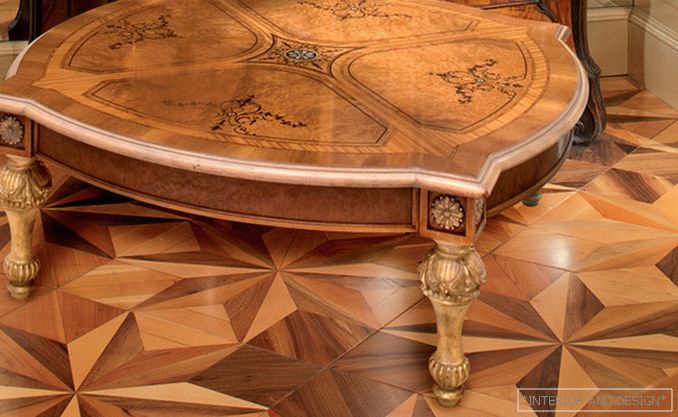
 Passing the gallery
Passing the gallery Text: Yuliya Sakharova, Marina Volkova
Magazine: de Luxe Classic N2 2011
In the residence of the Austrian emperors, the Viennese palace of Schönbrunn, there is an amazing hall. Nussholzzimmer, or the Nut room, served for private audiences, here only approached and authorized representatives were received. Emperor Franz Joseph I especially loved this hall. It is decorated solidly and ceremonially, and to a large extent this impression is created thanks to the luxurious walnut panels, which are used to take all the walls. The walnut has a pleasant looking, warm, “cozy”, golden-ocher color, and the overall atmosphere in this semi-official room is more intimate.
Such panels (carved called buazeri) were in the domestic palace residences. Peter I introduced the vogue in the 18th century. Despite the immensity of political undertakings, the emperor preferred utmost simplicity in everyday life and lived rather modestly. He allowed himself only one interior excesses - a private office in the Summer Palace. The walls of this room are decorated with unusually beautiful boiserie with images of war trophies made of walnut. The emperor believed that in such an environment work would be fought.
Highly courtiers followed the example of crowned heads. For example, the walled panels decorated the chambers of the Menshikov Palace, which belonged to the "right hand" of Peter I. They were carried away by the fashionable theme and the nobles of lower rank. So, in the second half of the XIX century in St. Petersburg the Polovtsev mansion was considered a fashionable place. Secular society liked to come here. Interiors of the residence were decorated by famous masters of those years. One of the most favorite rooms in the house and the owners, and the guests had a walnut dining room.
In those years, walnut was used primarily by French and Turkish. Now they distinguish Italian, English walnut, and they use the same French. The color of the wood is mainly determined by the region where it is grown. The French varieties are grayish, the Italian ones are more brown (and their fibers are larger, wider, brighter in structure), the English ones are even darker, the tone goes into red. The core is clearly traced in all varieties: it is darker than the main fibers, streaks and specks are visible around it, and the fibers themselves are wavy, non-uniform - on the whole, unusually beautiful! Depending on how the trunk is sawn, the pattern is different: if the saw is longitudinal - the detail is contrast, striped, if the cross is a moire pattern. That texture, as well as spectacular colors (vary shades of brown) and make this wood so popular. And not only the trunk is used, but also the rhizomes and growths. In the Caucasus, there are even special masters who work only with growths. Such growths can be up to two meters long and have a more interesting pattern than the trunk itself - speckled, fibrous. They are used mainly as a finishing material. Interestingly, even nut leaves have been used: they are used to produce dye.
Italian furniture makers especially appreciate this wood. They use, of course, first of all their own, local nut, and mainly as a veneer. Walnut furniture is richly decorated. There are a variety of decor options. First of all, traditional carving. Walnut is easily cut, which allows you to create elegant patterns and provides an emphasis on detail. So, walnut showcase (
However, this material allows variation: if according to the laws of style - baroque (buffet

